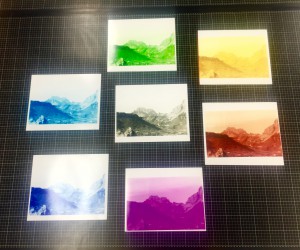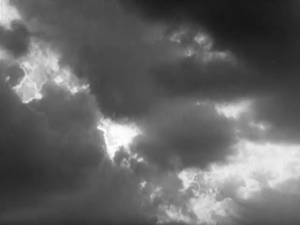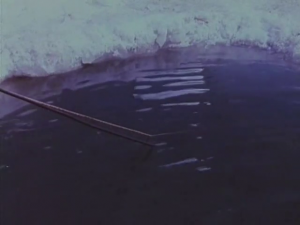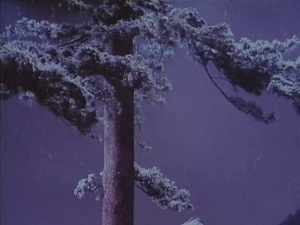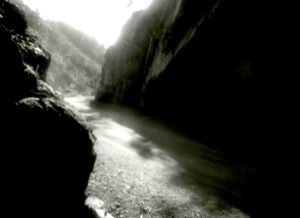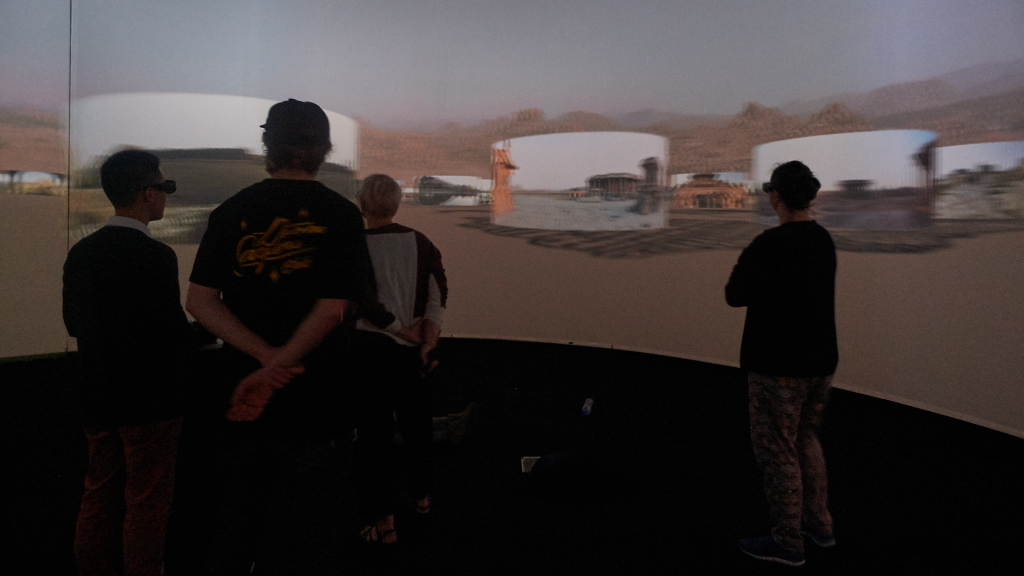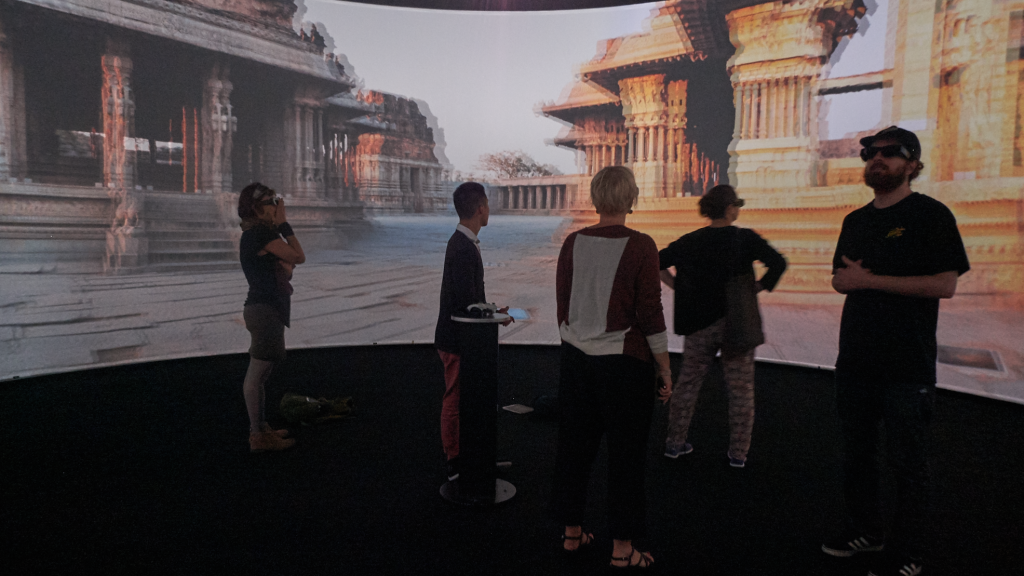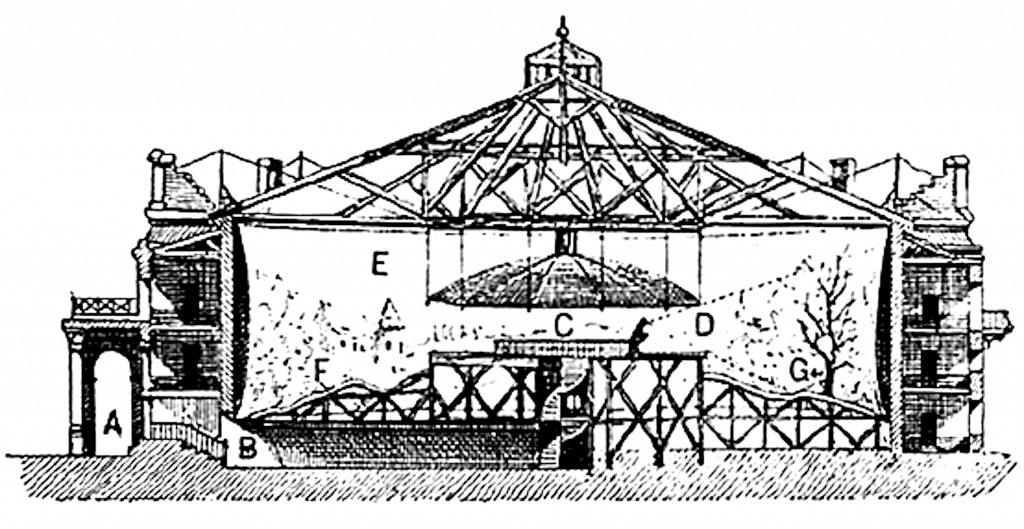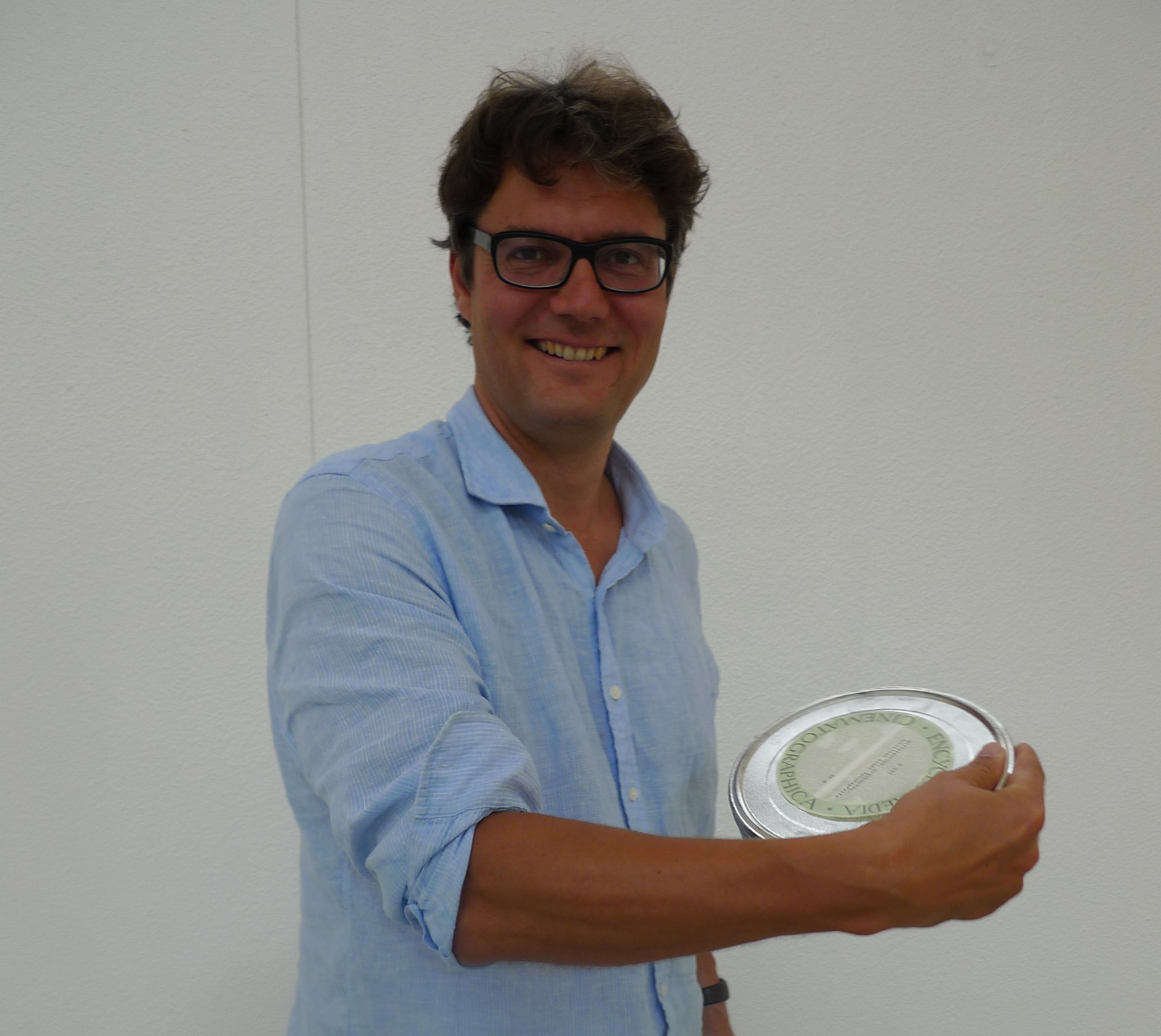GRAY
While working in the color darkroom, I started to think about Zurich, my relationship with this city and what could I present to you.
There, the assignment was how to do from a color negative a black and white print.
Well, to the ones who don’t know, a color enlarger has 3 filters: Cyan, Magenta and Yellow. Each filter goes from 0 until 199.
If you turn all the filters off your print will be black. It means that you will have no color. If you turn all the filters on in the maximum, the print will be white. The colors are so dense, that it doesn’t let light goes though the filters.
So, for a GRAY, you will have to find the balance with all those three filters.
And here started my fascination about the Gray.
To find a balance.
I started to do a little research about Gray. And what I found is very similar my feelings about Zurich.
Gray is darker than white
Gray is lighter than black
Neutral, Pure
Shy and boring
Unflashy, indifference and modesty
Gray is the color of conformity.
Not having any personality of its own, it adapts to any other color. It will look either dark or light, depending upon the color next to it.
Gray is a color without a color.
Stability
Zurich is my gray. My gray zone.
